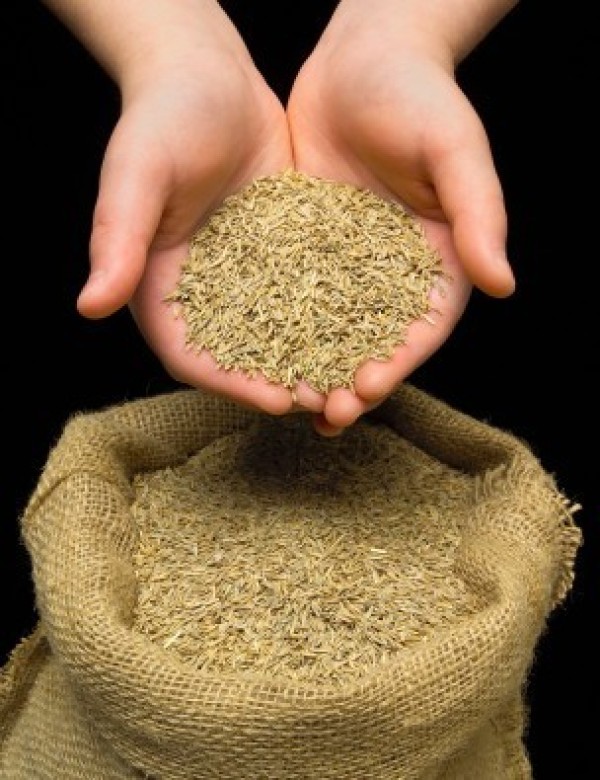 Seeding your lawn with low quality grass seed usually leads to disappointing results. A "one-size-fits-all" seed mixture can lead to soil erosion or even worse, leave your lawn vulnerable to a hostile takeover by weeds. So how do you recognize fine-quality grass seed? By learning to read and understand grass seed labels.
Seeding your lawn with low quality grass seed usually leads to disappointing results. A "one-size-fits-all" seed mixture can lead to soil erosion or even worse, leave your lawn vulnerable to a hostile takeover by weeds. So how do you recognize fine-quality grass seed? By learning to read and understand grass seed labels.
Purity: This refers to the percent, by weight, of the pure seed of each component in the mixture. Preferred range is > 90%.
Variety/Kind: This refers to the species (e.g. perennial ryegrass) and specific cultivar ("Saratoga") the mix contains. If more than one type of grass is present, the label should list the common names of the grasses in order of their prevalence within the mix. In addition to listing individual species, the label must also provide the percentage by weight of pure seed of each species. Never buy seed that does not include the variety on the label. For example, Variety Not Stated (VNS) seed mixes may include certain older cultivars that are not well adapted to lawns.
Germination: This refers to the percentage of pure seed that has actually been tested and shown to germinate under controlled laboratory conditions. Consider it the germination rate that you can expect when the seeds are sown outdoors under ideal conditions. Preferred range is > 85%.
Other Crop Seed: The percent, by weight, of seeds in a package that are not the grass variety or species labeled, but are not technically considered weed seeds either. If the product contains more than 5% of the total weight in "other crop seed" those seeds must be listed by name. Preferred range is < 0.5%.
Weed Seed: The percent, by weight, of weed seeds in a package. A weed is any seed that has not been included in pure seed or "Other Crop Seed". Preferred range is < 0.3%.
Noxious Weeds: Noxious weeds are the number (per pound or ounce) of weed seeds that are present in the mix. The term "noxious weeds" refers to seeds considered noxious as defined by your state. Quality seed mixtures will contain NO noxious weeds.
Inert Matter: Inert matter is the percentage of material, by weight, that will not grow. This includes things like pieces of seed stalks and other plant debris. Preferred range is < 8 %.
Date Tested: The month and year the laboratory germination test was completed.
Seed Lot: The lot number is listed so that the product can be traced back to the original source of production should any problems arise.
Origin: The state in which the grass seed was grown.
Name and Address of Labeler: The party responsible for the contents of the seed bag.